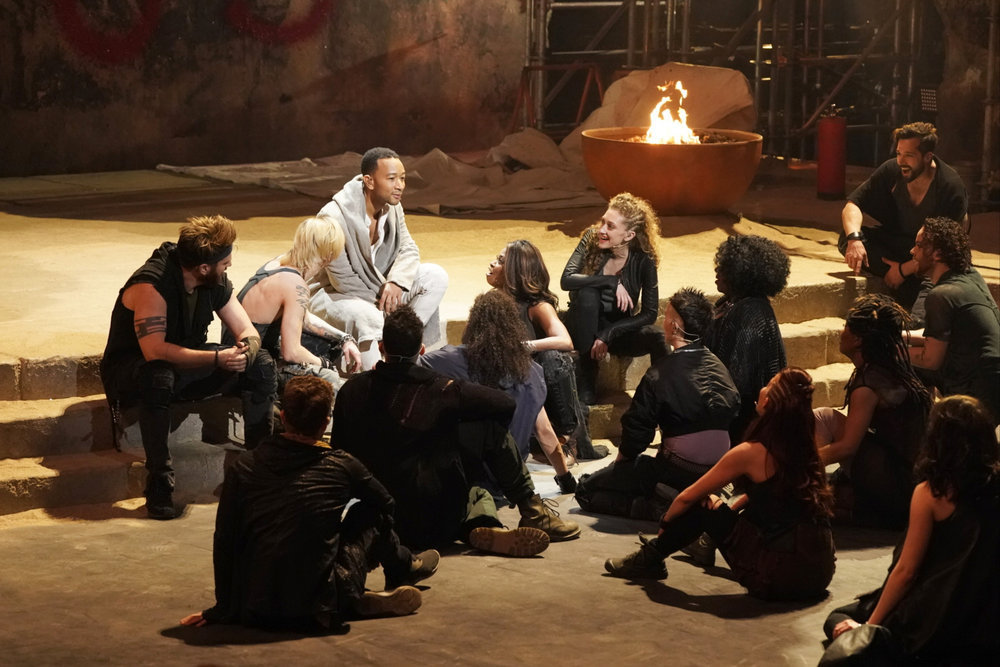
Mushers, start your dog sled teams.
Thousands of miles away in Anchorage, Alaska, mushers and dogs have already begun to gather in preparation for the start of the 39th Annual Iditarod Trail Sled Dog Race this Saturday, March 5. From the ceremonial start in Anchorage – and then from the official start 49 miles away in Willow – the mushers will travel 1,161 miles over vast and treacherous Alaskan terrain and finish in Nome sometime in the next two weeks.
The 2011 field contains 62 teams, according to Iditarod.com. A majority of the mushers come from Alaska, but other states and countries are represented as well. There are 13 mushers competing in the race for the first time as rookies, including Mike Santos who was born and raised in Ludlow, Mass.
The Iditarod, and mushing in general, has become a part of culture in both literature and film. The Disney animated film “Balto” told the story of how a sled dog team, under the direction of the lead dog Balto, carried medicine 674 miles to save dying children in Nome. While the Disney film took some liberties in its storytelling, there was in fact a relay of dogsled teams in 1925 to transfer the serum to Nome, with Balto’s team traveling the final stretch.
In an average year, about 1,000 dogs compete in the Iditarod. Dogsled teams usually contain 12 to 16 dogs, primarily Alaskan Huskies. While animal rights activists have criticized both the sport and the race, the Iditarod contends that it has safety precautions in place. This includes a procedure in which the musher and veterinarian do a brief examination of the dogs at each checkpoint and drop them from the race if necessary, according to Stuart Nelson, Jr., DVM as posted on Iditarod.com. An incidence of dog abuse was reported in 2007 when witnesses observed Ramy “Ray” Brooks kick his dogs and hit them with his ski pole. Brooks was suspended for the rest of the 2007 race and banned from the 2008 and 2009 contests.
The idea for an Iditarod race was formed in the late 1960s and the first official race took place in 1973. Since then, there have been 18 different winners of the race. The closest finish took place in 1978, when Dick Mackey finished one second in front of Rick Swenson. Five mushers – Martin Buser, Susan Butcher, Jeff King, Lance Mackey (son of Dick) and Doug Swingley – have four victories. Swenson, a 60-year-old Minnesota native nicknamed the “King of the Iditarod,” has the record with five career victories. Buser, Mackey and Swenson will look to improve their records in the 2011 race.
Mackey is the clear favorite this year, after handily winning the last four Iditarod races, finishing in nine days or less all four years. In 2010, Mackey came within an hour of the fastest time ever, finishing in eight days, 23 hours, 59 minutes and nine seconds. Mackey made history last year by becoming the first musher ever to win four consecutive Iditarods. A fifth straight victory this year would tie him with Swenson for most career wins.
One musher that may be able to dethrone Mackey this year is 24-year-old Dallas Seavey. Son of 2004 Iditarod champion Mitch Seavey, Dallas was the youngest Iditarod competitor ever in 2005 at the age of 18. Seavey finished in sixth place in 2009 and eighth place in 2010. His greatest accomplishment is also his most recent: his victory in the Yukon Quest sled dog race last month. Seavey won the race in his first year competing in the Quest, joining Sonny Lindner and Mackey as the only mushers to accomplish the feat as rookies.
Another musher to keep an eye on is Hans Gatt, an Austrian who has seen mushing success in both the European and American arenas. Gatt has never won the Iditarod, but according to his Iditarod.com profile, he has claimed multiple victories in the Yukon Quest, Wyoming Stage Stop and the European Championship. Gatt finished second last year, entering Nome about an hour after Mackey.
A name often heard during the earlier parts of races is 42-year-old Hugh Neff. After reading about the Iditarod in Illinois, he decided to move to Alaska to chase down a dream, according to his Iditarod.com profile. Neff’s performances have strayed a little from his dream. According to the Anchorage Daily News, Neff has been called the nickname “Huge Mess” because of his tendency to start his team off at an extremely fast speed, only to lose steam as the races go on. In the 2009 Yukon Quest, Neff would have won the race but was assessed a two-hour penalty because he decided to take his team off course and mush down a highway as a shortcut. Neff had an eight-hour lead in the most recent Quest last month, but had to scratch after he ran into difficulty on the treacherous Eagle Summit. One of his dogs, Geronimo, died in the Eagle Summit attempt.
Other mushers that have finished high in the standings during recent seasons include Ken Anderson, John Baker, Ramey Smyth and Sebastian Schnuelle.
The race will be televised on Alaskan channels but can also be watched on Iditarod.com with the purchase of an Iditarod Insider package. The website will also provide free news and updated standings at the end of every day.
Chris Shores can be reached at [email protected].







C Schmidt • Mar 3, 2011 at 8:23 am
The dog teams are primarily composed of Alaskan Huskies, not Siberian Huskies.